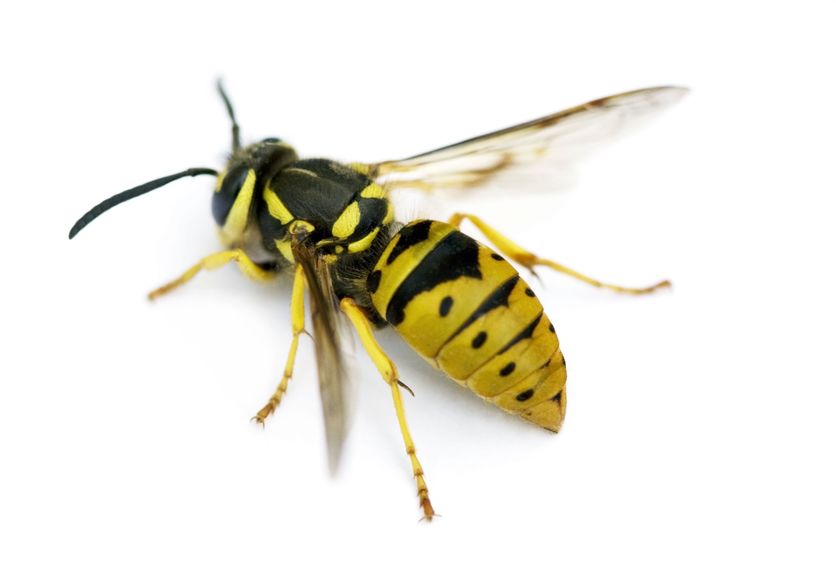There are two ways in which a person can sustain venomous yellow jacket stings. The most dangerous yellow jacket encounters occur when a person accidentally (or purposefully) disturbs a yellow jacket nest. Disturbing a yellow jacket nest will cause the insects to emerge and repeatedly sting any living thing nearby. The second type of yellow jacket envenomation incident occurs when a person sustains one or more stings from one or a few foraging yellow jackets that are located away from their nest. Unsurprisingly, the former type of yellow jacket envenomation incident results in a far greater number of hospitalizations and fatalities.
Most medically harmful yellow jacket encounters occur in residential areas after nests are accidentally bumped into, or while nests are being removed from properties by non-professionals. In fact, even loud noises are enough to disturb yellow jackets, which is why people are often attacked while mowing their lawns. Yellow jacket colonies consist of hundreds or even thousands of individual specimens, and when a nest is disturbed, the emerging yellow jackets release alarm pheromones to alert distant colony members of a threat. Stepping on a living yellow jacket or a fresh corpse will cause the insect’s alarm pheromones to disperse into the air. This prompts all yellow jackets within a 15 foot radius to attack the person who stepped on the individual yellow jacket.
When yellow jackets become abundant within houses, the first order of business is to locate the nest where the insect’s originate. In these cases, residents often have to contact a pest control professional to locate an indoor nest. In the northeast US, the German yellow jacket is found nesting within homes more frequently than all other yellow jacket species in the region. These yellow jackets often establish nests within areas of a home that cannot be easily accessed, such as within wall voids, cinder blocks, behind fascia boards or soffits, beneath floorboards, ceilings or attic spaces. While searching for a nest within a home, a pest control professional may press a stethoscope against the walls in order to detect the otherwise inaudible sounds made by active yellow jacket workers. Acoustic emission detectors, moisture meters and thermal imaging equipment may also be used to locate indoor nesting sites when simple visual inspections are inadequate.
Have you had a yellow jacket problem within your home?

